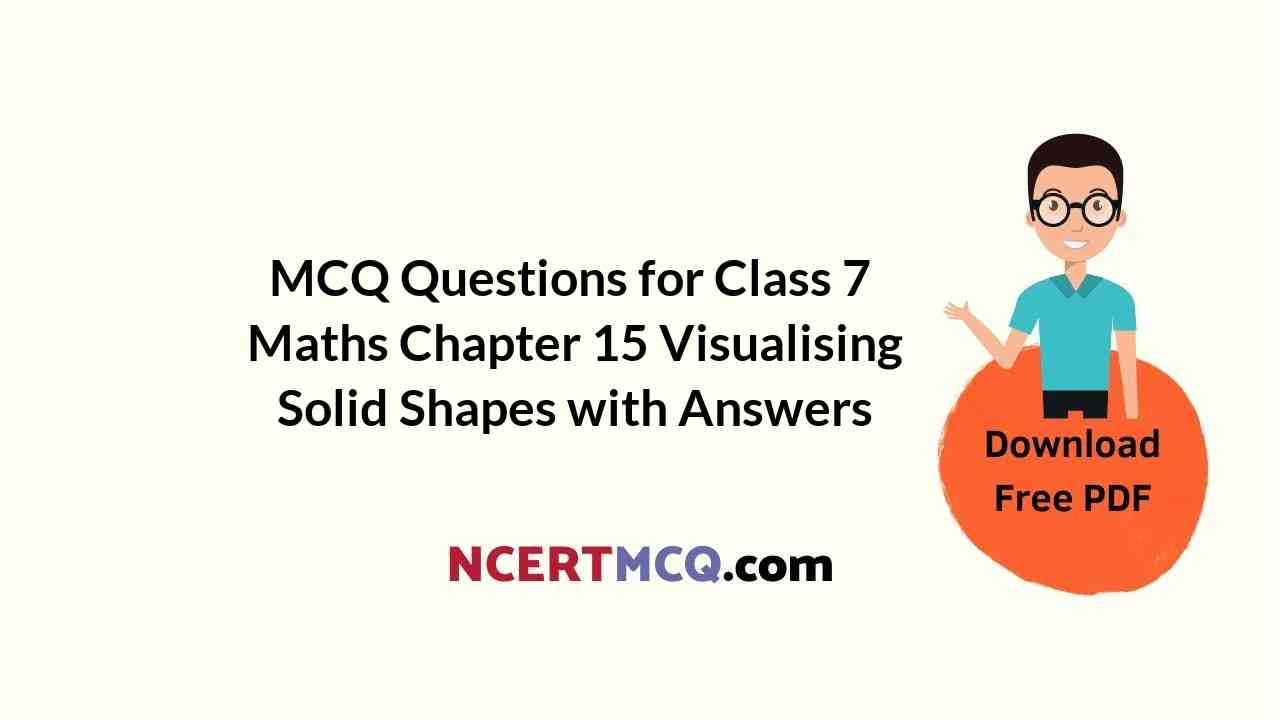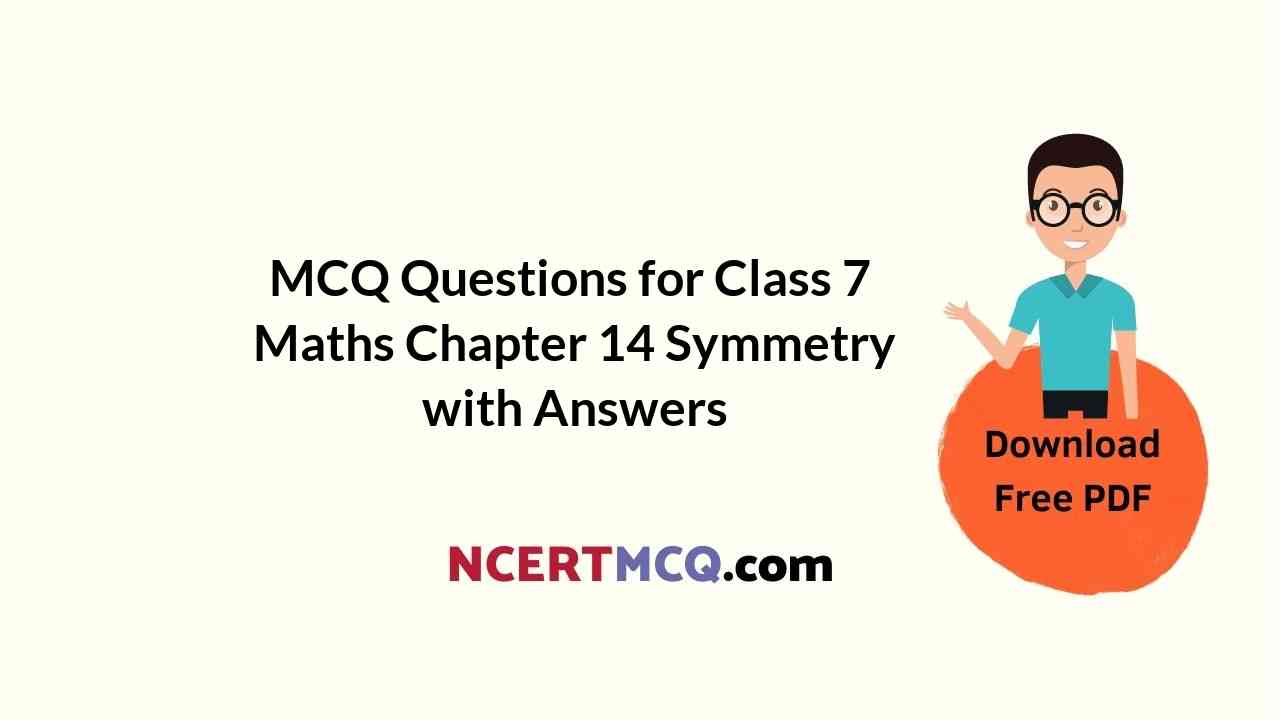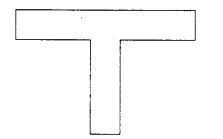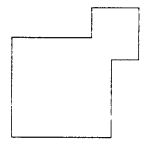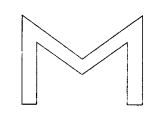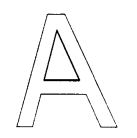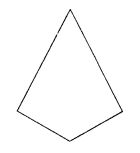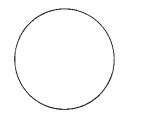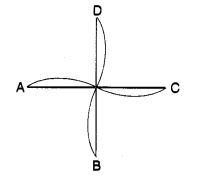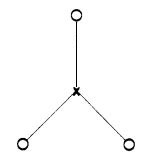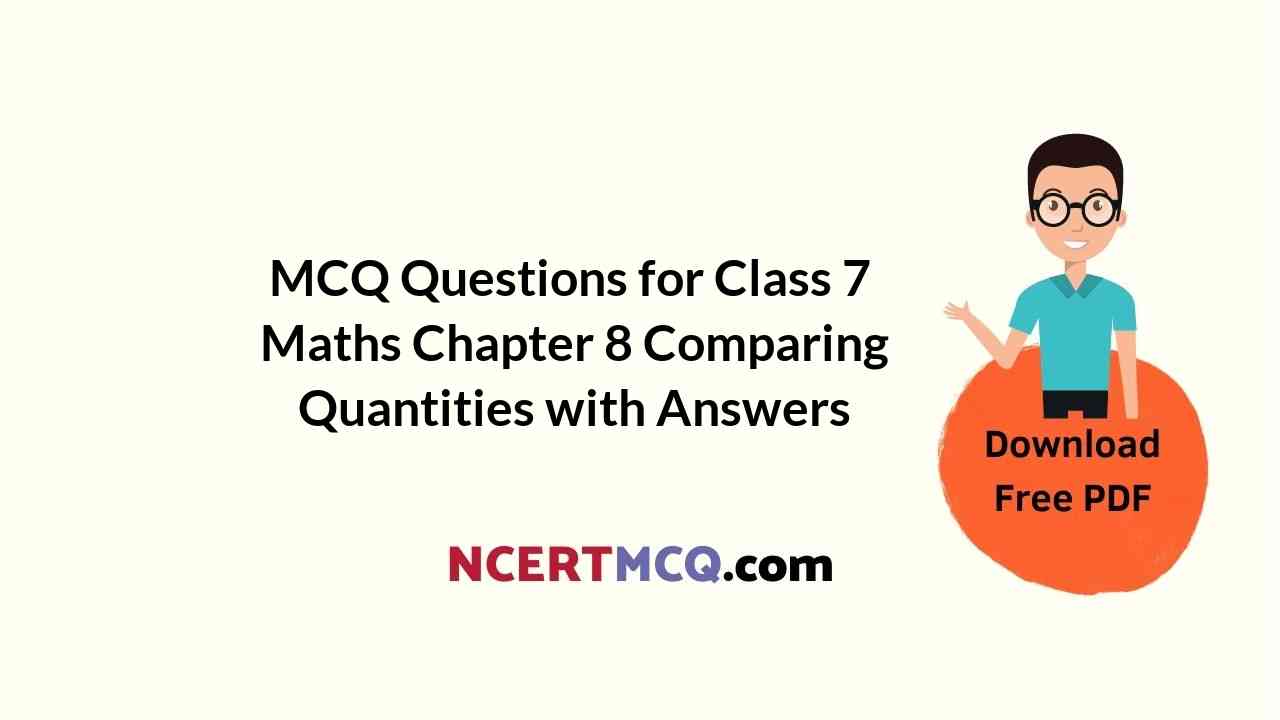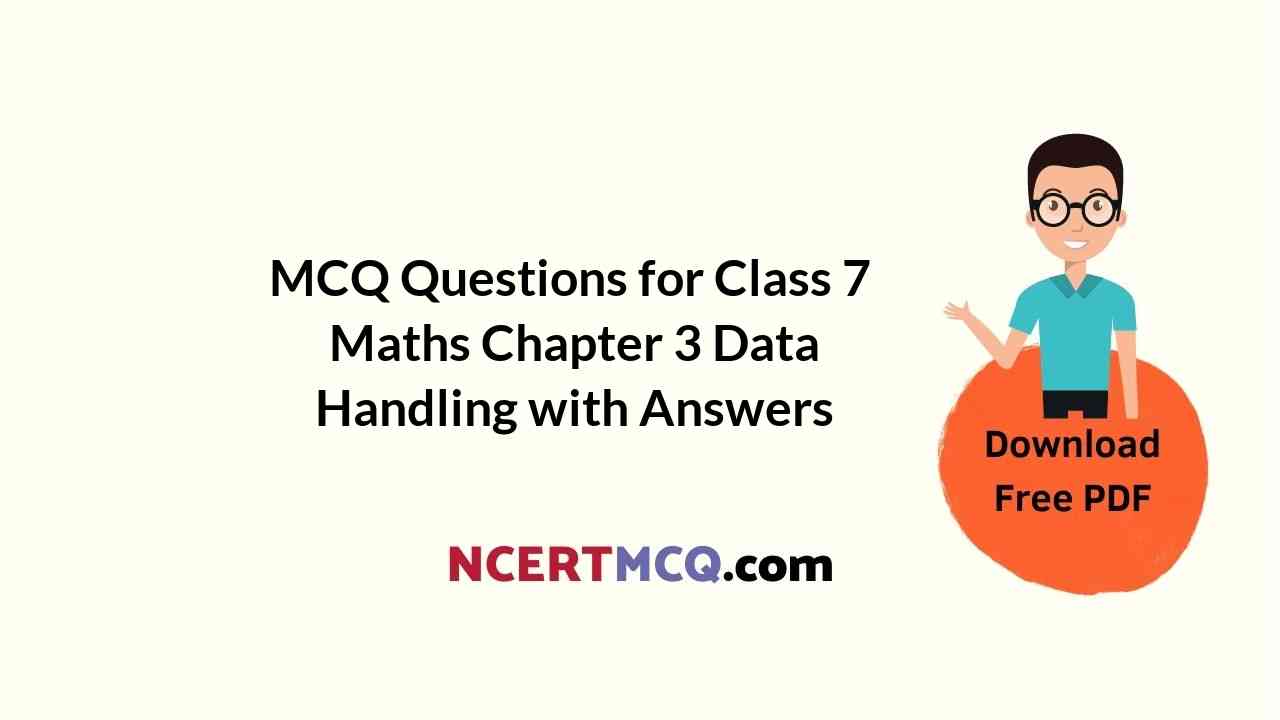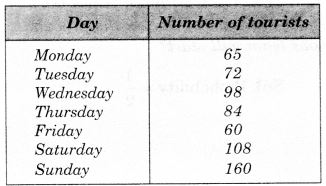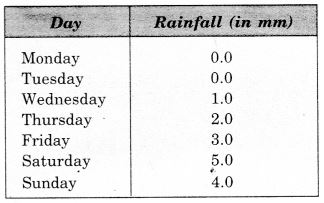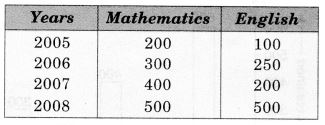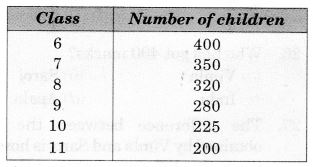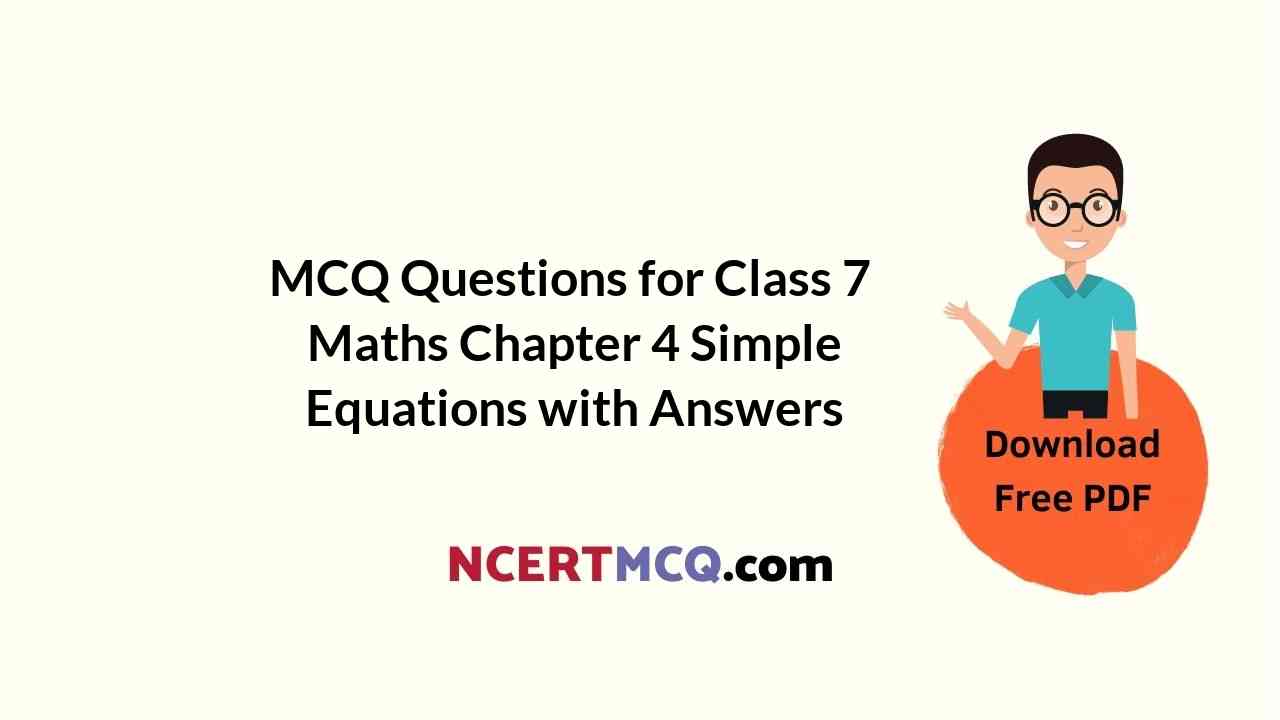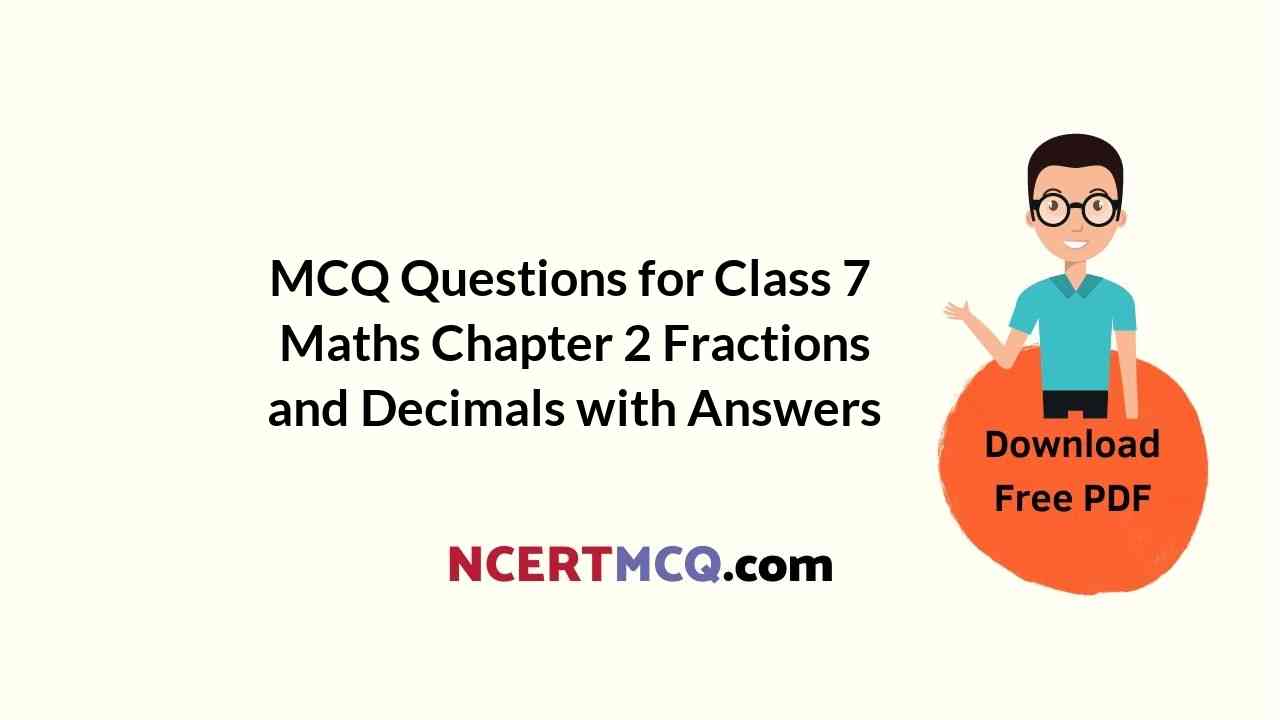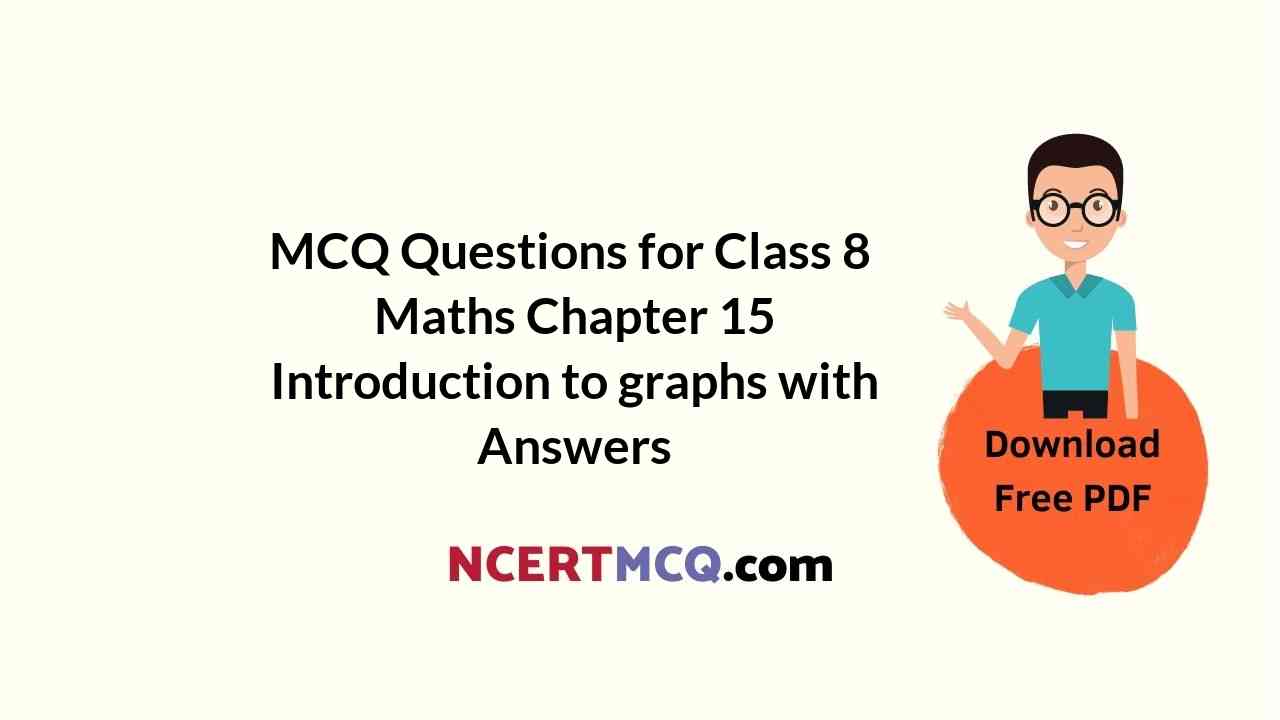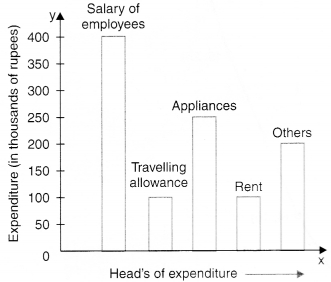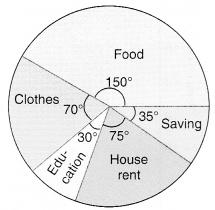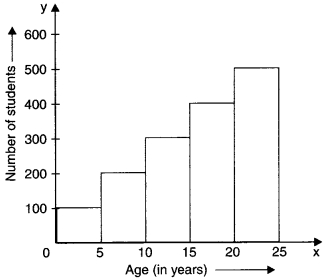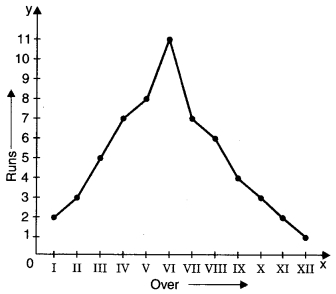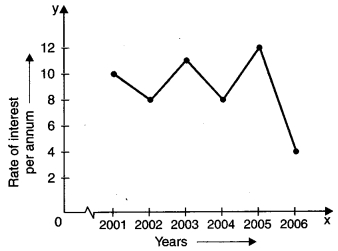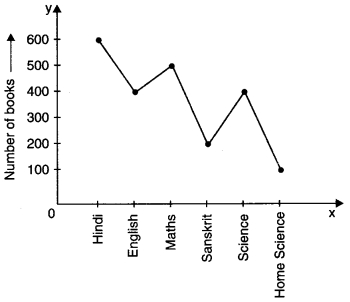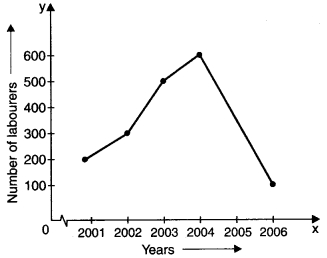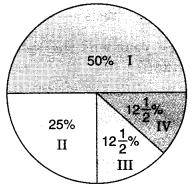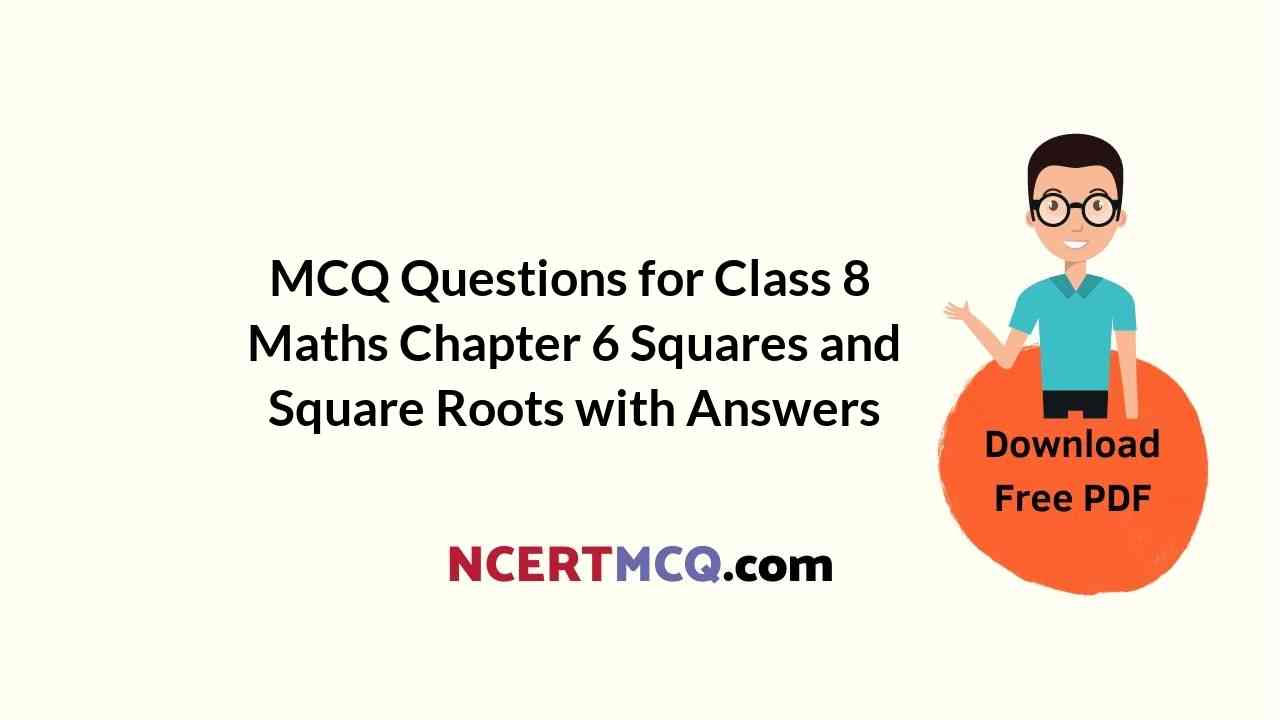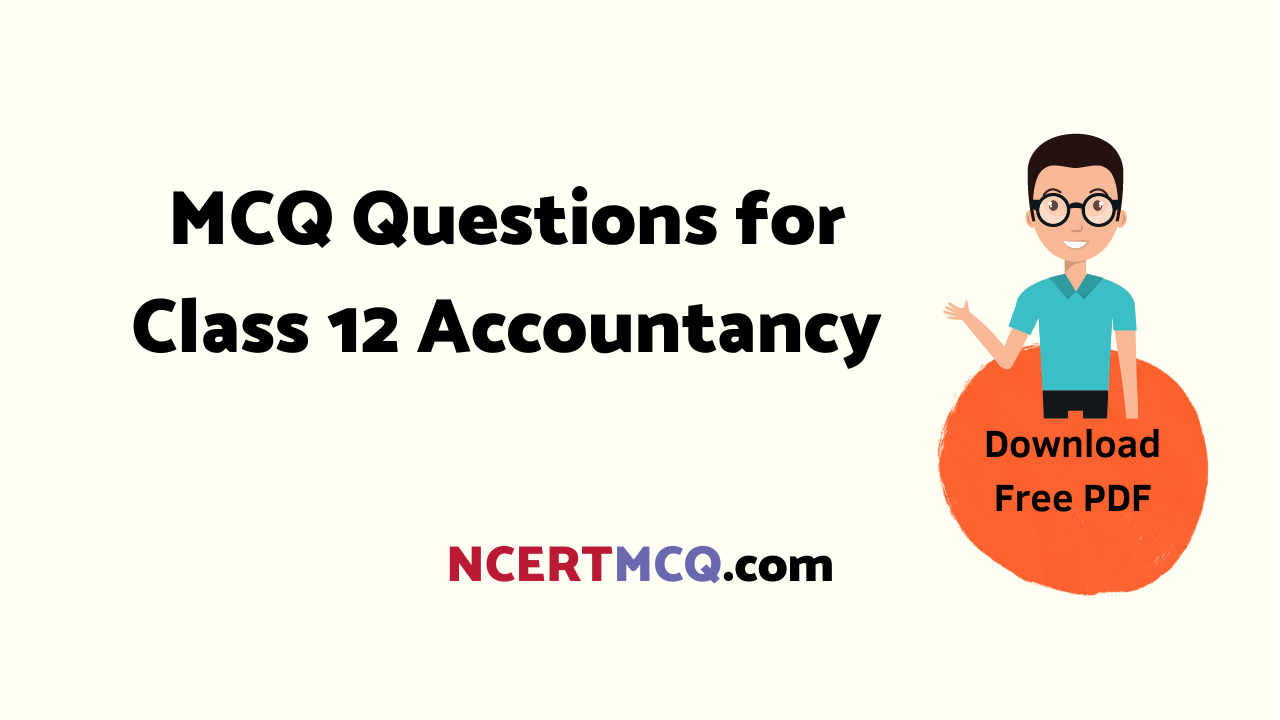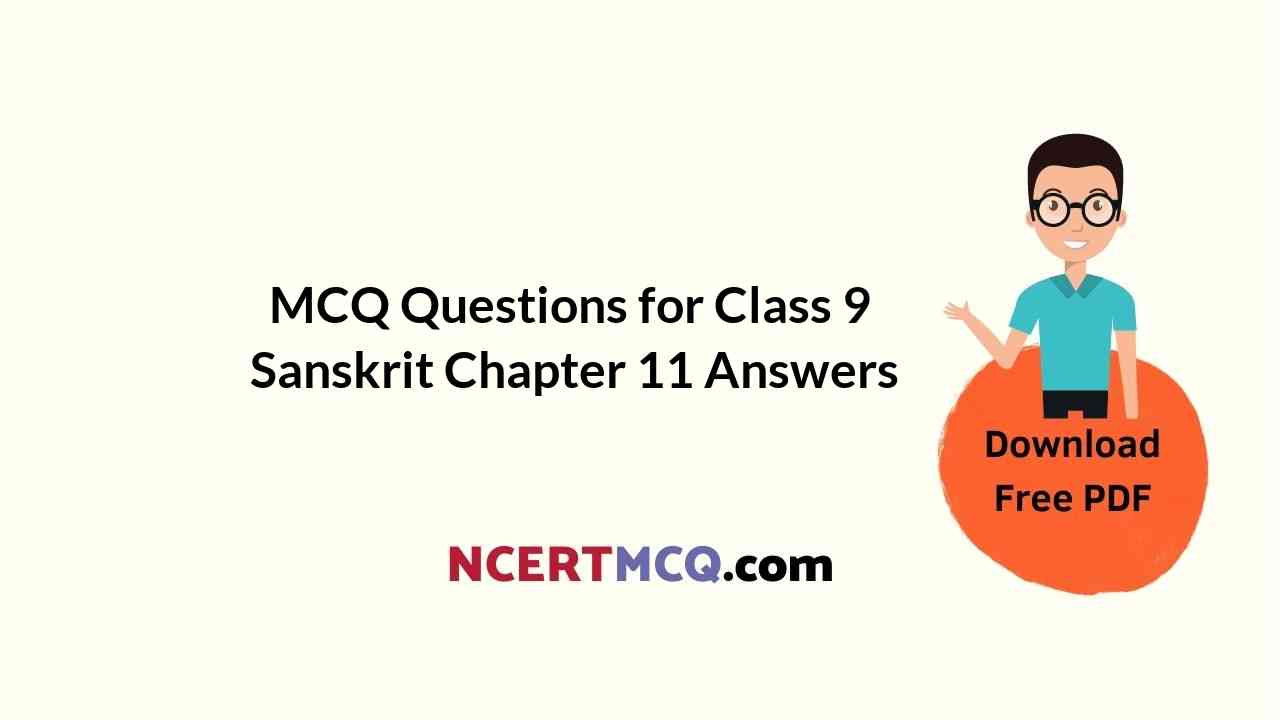Check the below NCERT MCQ Questions for Class 7 Maths Chapter 15 Visualising Solid Shapes with Answers Pdf free download. MCQ Questions for Class 7 Maths with Answers were prepared based on the latest exam pattern. We have provided Visualising Solid Shapes Class 7 Maths MCQs Questions with Answers to help students understand the concept very well. https://ncertmcq.com/mcq-questions-for-class-7-maths-with-answers/
Students can also refer to NCERT Solutions for Class 7 Maths Chapter 15 Visualising Solid Shapes for better exam preparation and score more marks.
Visualising Solid Shapes Class 7 MCQs Questions with Answers
Visualising Solid Shapes Class 7 MCQ Question 1.
The name of the solid shape is
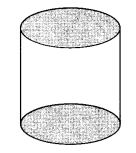
(a) cone
(b) cylinder
(c) sphere
(d) cube
Answer
Answer: (b) cylinder
MCQ On Visualising Solid Shapes Class 7 Question 2.
The name of the solid shape is

(a) cuboid
(b) cube
(c) pyramid
(d) cone
Answer
Answer: (a) cuboid
MCQ Questions On Visualising Solid Shapes Class 7 Question 3.
The name of the solid shape is

(a) cylinder
(b) cone
(c) sphere
(d) cube
Answer
Answer: (c) sphere
Class 7 Maths Chapter 15 MCQ With Answers Question 4.
The name of the solid shape is

(a) cube
(b) cylinder
(c) cone
(d) sphere
Answer
Answer: (a) cube
Class 7 Maths Chapter 15 Extra Questions Question 5.
The name of the solid shape is
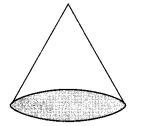
(a) cylinder
(b) cone
(c) cuboid
(d) sphere
Answer
Answer: (b) cone
Visualising Solid Shapes Class 7 Extra Questions Question 6.
The name of the solid shape is
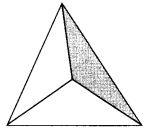
(a) cylinder
(b) cone
(c) sphere
(d) pyramid
Answer
Answer: (d) pyramid
Class 7 Maths Chapter 15 MCQ Question 7.
The number of vertices of a cube is
(a) 8
(b) 12
(c) 6
(d) 3
Answer
Answer: (a) 8
MCQ Questions For Class 7 Maths Question 8.
The number of edges of a cube is
(a) 8
(b) 12
(c) 6
(d) 3
Answer
Answer: (b) 12
MCQ Questions For Class 7 Maths With Answers Pdf Question 9.
The number of faces of a cube is
(a) 8
(b) 12
(c) 6
(d) 3
Answer
Answer: (c) 6
MCQ Questions Class 7 Maths Question 10.
The number of vertices of the solid shape is
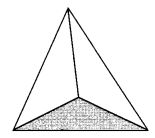
(a) 1
(b) 2
(c) 3
(d) 4
Answer
Answer: (d) 4
Question 11.
The number of faces of the solid shape is
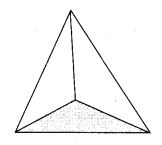
(a) 1
(b) 2
(c) 3
(d) 4
Answer
Answer: (d) 4
Question 12.
The number of edges of the solid shape is

(a) 1
(b) 2
(c) 3
(d) 6
Answer
Answer: (d) 6
Question 13.
The number of vertices of the solid shape is
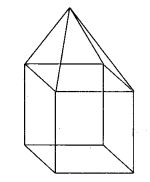
(a) 9
(b) 4
(c) 6
(d) 8
Answer
Answer: (a) 9
Question 14.
The number of faces of the solid shape is
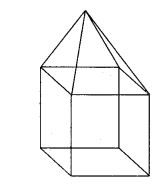
(a) 4
(b) 6
(c) 9
(d) 8
Answer
Answer: (c) 9
Question 15.
The number of edges of the solid shape is
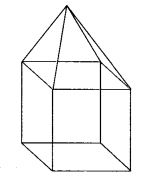
(a) 16
(b) 9
(c) 6
(d) 4
Answer
Answer: (a) 16
Question 16.
Two cubes of edge length 2 cm are placed side by side. The length of the resulting cuboid is
(a) 2 cm
(b) 4 cm
(c) 1 cm
(d) none of these
Answer
Answer: (b) 4 cm
Question 17.
What cross-section do you get when you give a horizontal cut to a die?
(a) Square
(b) Rectangle
(c) Triangle
(d) Circle
Answer
Answer: (a) Square
Question 18.
What cross-section do you get when you give a vertical cut to a brick?
(a) Square
(b) Rectangle
(c) Triangle
(d) Circle
Answer
Answer: (a) Square
Question 19.
What cross-section do you get when you give a horizontal cut to a brick?
(a) Triangle
(b) Circle
(c) Square
(d) Rectangle
Answer
Answer: (d) Rectangle
Question 20.
What cross-section do you get when you give a vertical cut to a round apple?
(a) Circle
(b) Triangle
(c) Square
(d) Rectangle
Answer
Answer: (a) Circle
Question 21.
What cross-section do you get when you give a horizontal cut to a round apple?
(a) Circle
(b) Square
(c) Rectangle
(d) Triangle
Answer
Answer: (a) Circle
Question 22.
What cross-section do you get when you give a vertical cut to an ice-cream cone?
(a) Triangle
(b) Circle
(c) Rectangle
(d) Square
Answer
Answer: (a) Triangle
Question 23.
What cross-section do you get when you give a horizontal cut to an ice-cream cone?
(a) Triangle
(b) Circle
(c) Rectangle
(d) Square
Answer
Answer: (b) Circle
Question 24.
The shadow of the lamp of an a cube when seen under overhead projector is
(a) square
(b) circle
(c) triangle
(d) rectangle
Answer
Answer: (a) square
We hope the given NCERT MCQ Questions for Class 7 Maths Chapter 15 Visualising Solid Shapes with Answers Pdf free download will help you. If you have any queries regarding Visualising Solid Shapes CBSE Class 7 Maths MCQs Multiple Choice Questions with Answers, drop a comment below and we will get back to you soon.
